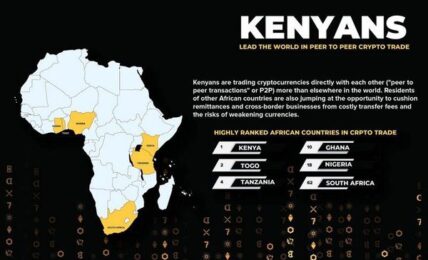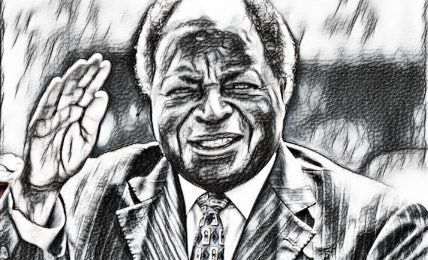Robert Gituhu’s Death: How Kenyans Let Down a Man Who Set Himself Ablaze Over High Cost of Living
On that fateful day, Robert Gituhu walked into Mombasa town’s Mwembe Tayari, poured an inflammable liquid on his blood, climbed the statue in the middle of the busy roundabout, and set himself on ablaze... but it failed to elicit a collective national outrage.








